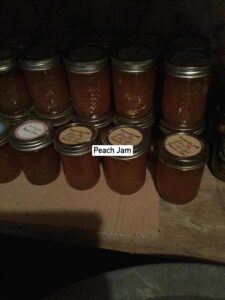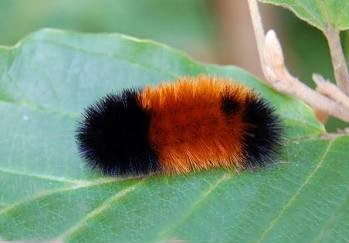It’s hard to believe that the end of the growing season is mere week away; seems like just yesterday that we were handing out our cool weather crops and starting the tomatoes and peppers in a greenhouse, while waiting for a late winter snowstorm that promised to make up for last year’s drought. Now, we’re enjoying fresh produce daily, while canning, freezing, and drying in order to preserve our efforts for winter use. We’re also looking at whether or not we can sow one last batch of peas or green beans, and get it harvested before our first hard frost. Last year gardeners were picking that last batch of green beans the week before Thanksgiving, and used some of those fresh green beans in their green bean casseroles.
Of course the big question on everyone’s minds is what kind of winter can we expect. Will it be cold and damp with lots of rain or little rain? Or will we have a frigid winter with lots of snow making growing things like kale and collards impossible. The two sources people here rely on are the woolly bears and the Old Farmer’s Almanac.
Contrary to what you might think from their name, woolly bears are not bears at all, but a fuzzy striped caterpillar that has stripes of black and rust on them. The belief is that the more black that is on the woolly bears, the colder and snowier the winter will be. If the black is mostly to the front, it’s the beginning of winter that will be bad; if it’s the backend that’s mostly black, it will be the end of winter that will be bad. This year’s wooly bear prediction is for a bad second half of the winter, with lots of cold and snow possible for West Virginia’s Coalfields.
The Old Farmer’s Almanac is predicting a colder and snowier start to winter, with below normal temperatures and above average precipitation through at least January. The expected forecast for beyond January won’t be available for about another eight days.
So which predictor should we look at? Wooly bears come in at about a 50-60% accuracy rate, while the Old Farmer’s Almanac comes in with an 80% accuracy rate. Given that here in the Coalfields weather can’t be accurately predicted by meteorologists a week out, I think I’d take a wait and see, but I’d also plan for the worst and hope for the best. So, go ahead and sow those last crops and winter crops, and plan on picking green beans for Thanksgiving and kale in February.





Leave A Comment